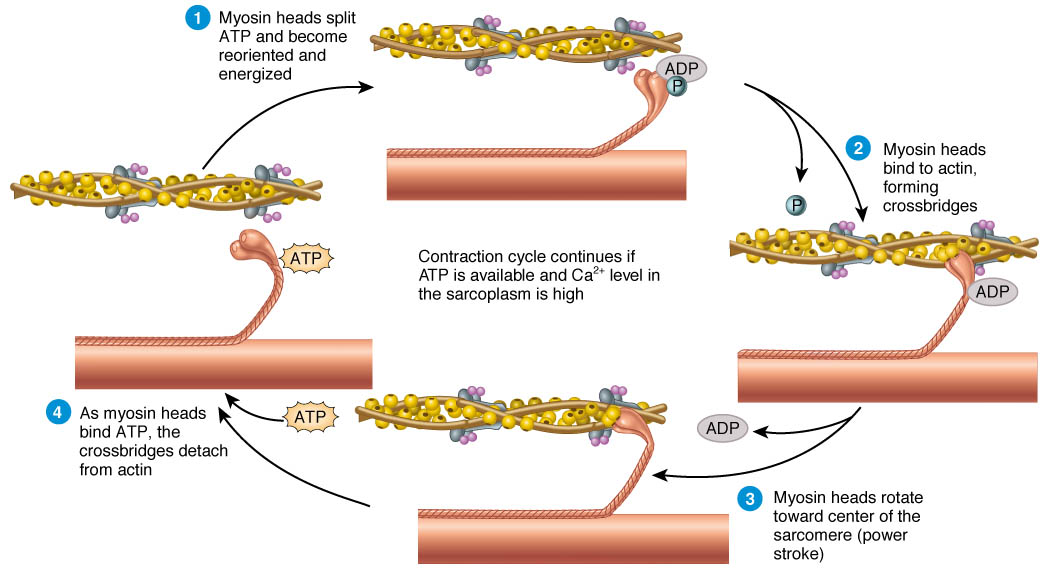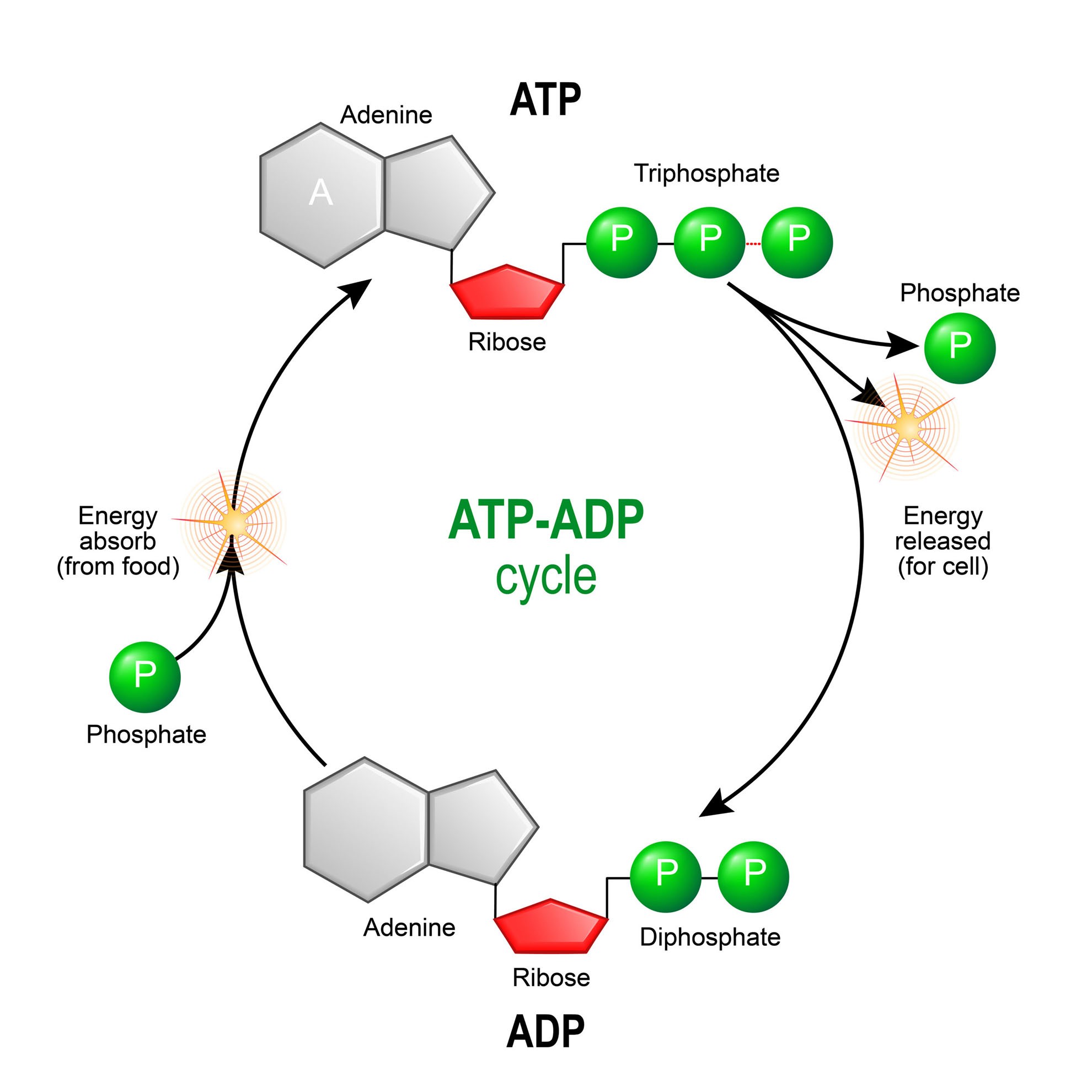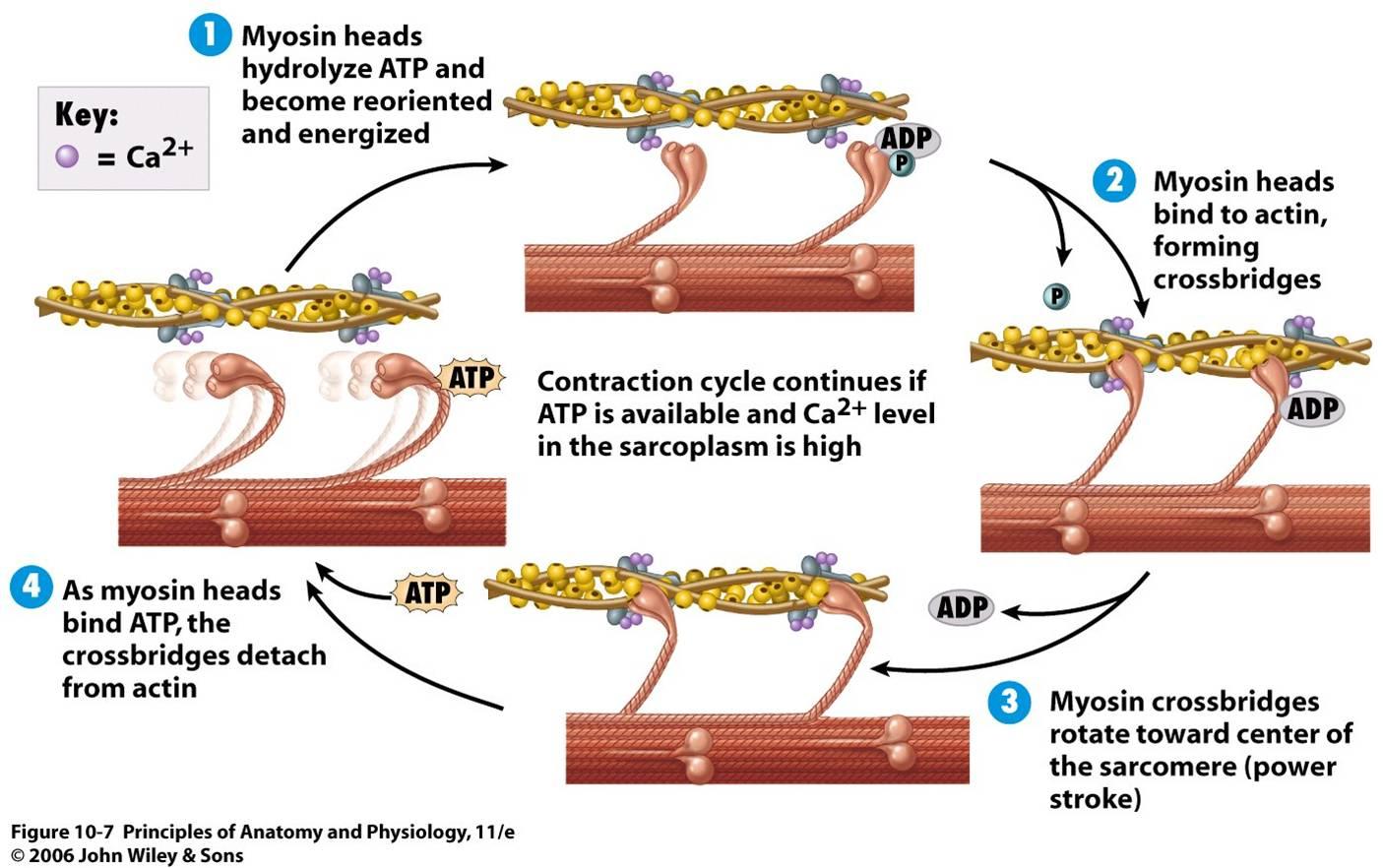Muscle Contraction Presentation
| Introduction to Muscle Contraction | ||
|---|---|---|
| Muscle contraction is the process by which muscles generate force and cause movement in the body. It is a result of the interaction between muscle fibers and the nervous system. Muscle contraction is essential for activities such as walking, running, and even breathing. | ||
| 1 | ||
| Types of Muscle Contraction | ||
|---|---|---|
| Isometric contraction occurs when the muscle generates force but does not change in length, such as holding a weight in a fixed position. Concentric contraction involves the muscle shortening as it generates force, like when lifting a dumbbell during a bicep curl. Eccentric contraction happens when the muscle lengthens while generating force, such as lowering a weight with control during a bicep curl. | ||
| 2 | ||
| Components of Muscle Contraction | ||
|---|---|---|
| Actin and myosin are the two key proteins involved in muscle contraction. Actin is thin and forms the structural basis of the muscle fiber. Myosin is thicker and has a structure that allows it to bind to actin and generate force. | ||
| 3 | ||
| Sliding Filament Theory | ||
|---|---|---|
| The sliding filament theory explains how muscle contraction occurs at a molecular level. During contraction, myosin heads attach to actin and pull, causing the actin filaments to slide past the myosin filaments. This sliding motion shortens the sarcomere, the basic functional unit of muscle contraction. | ||
| 4 | ||
| Role of Calcium Ions | ||
|---|---|---|
| Calcium ions play a crucial role in muscle contraction. At rest, calcium ions are stored in the sarcoplasmic reticulum, a network of tubules within the muscle fiber. When stimulated by a nerve impulse, calcium ions are released, allowing the myosin and actin to interact and initiate muscle contraction. | ||
| 5 | ||
| Neuromuscular Junction | ||
|---|---|---|
| The neuromuscular junction is the point of communication between a motor neuron and a muscle fiber. When a nerve impulse reaches the neuromuscular junction, it triggers the release of acetylcholine, a neurotransmitter. Acetylcholine binds to receptors on the muscle fiber, initiating an impulse that leads to muscle contraction. | ||
| 6 | ||
| Energy for Muscle Contraction | ||
|---|---|---|
| ATP (adenosine triphosphate) is the primary source of energy for muscle contraction. ATP is broken down into ADP (adenosine diphosphate) and inorganic phosphate, releasing energy that powers muscle contraction. ATP is continuously regenerated through various metabolic processes to sustain muscle contraction. | ||
| 7 | ||
| Summary | ||
|---|---|---|
| Muscle contraction is the process by which muscles generate force and cause movement in the body. It involves the interaction between muscle fibers, the nervous system, actin, and myosin proteins. Calcium ions, the neuromuscular junction, and ATP are all essential components for muscle contraction. | ||
| 8 | ||






